









(via The Rare Marcos 1600 GT – A Little-Known Lotus Rival Descended From The Mosquito)
from Tumblr https://somar78.tumblr.com/post/668323444307427328
The Iso Rivolta GTZ Zagato was unveiled in 2020 as the first model from the long-awaited rebirth of Iso Rivolta, one of Italy’s most interesting low-volume automakers in the 1960s.
The car features styling that was strongly influenced by the Iso Grifo A3/C, a car that won its class at the 24 Hours of Le Mans in 1964 and 1965. The A3/C was been developed by Giotto Bizzarrini, the man who developed the Ferrari 250 GTO and a slew of other world-beating race cars in the 1950s and 1960s.
Iso Rivolta started life as Isothermos, a company founded by Renzo Rivolta just before WWII that made electric heaters and cooling units. During the war some of the company’s facilities were destroyed by Allied bombs, and after the war Rivolta decided to pivot the company to instead produce scooters and small motorcycles.
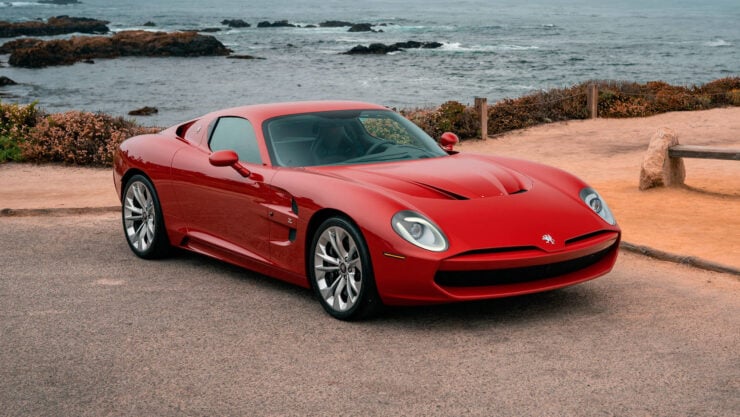
The bodywork of the car is all hand-laid carbon fiber, resulting in a curb weight hundreds of pounds lower than the Corvette Z06.
Post-WWII Europe was beset with crippled economies and severe austerity, people still needed transportation to get to and from work however cars were too expensive for the average Italian. This economic reality led to the rise of companies like Ducati, Vespa, Lambretta, and Iso – all of whom made affordable scooters or small-capacity motorcycles.
In 1953, now named Iso Autoveicoli, the company released the Iso Isetta microcar. This was essentially a tiny bubble-shaped car powered by a 236cc two-stroke engine producing 9.5 hp. This design would be licensed by BMW and sold as the BMW Isetta in Germany, it was also licensed and produced by automakers in France, Argentina, and Brazil.
Having developed a taste for the automobile industry, Renzo Rivolta decided to expand his four-wheeled offerings and in 1962 he released the Iso Rivolta IR 300. The first of a few powerful and luxurious GT cars that would be produced by Iso, all powered by American V8 engines.
The fastest and arguably the most famous car made by Iso (alongside the Isetta of course) was the Iso Rivolta A3/C. This was an all-out race car for the road developed by the legendary Italian engineer Giotto Bizzarrini, the man who had developed the Ferrari 250 GTO and the original Lamborghini V12 engine that would power the company’s supercars for decades.

This is an original Iso Grifo A3/C from the 1960s, the similarities to the modern version are clear as day, right down to the Corvette engine under the hood.
Bizzarrini loved the A3/C so much that after he left Iso due to differences of opinion with Renzo Rivolta he started his own marque and released a version of the car called the Bizzarrini 5300 GT. All production of Iso cars ceased in 1974, many thought that was it for the company however there have been persistent rumors in recent years that the company might make a comeback.
When the newly re-established Iso unveiled the Iso Rivolta GTZ with Zagato in 2020 the world sat up and took notice. The car was clearly influenced by the Iso Rivolta A3/C however it was entirely modern, it offered blistering performance, and just like the original, it was powered by a Corvette V8 engine.
The project to design and build the GTZ was largely led by Zagato, a legendary Milanese design and coachbuilding company. Each GTZ starts life with a donor C7 Corvette Z06 which is stripped, Zagato uses the chassis and powertrain but not much else of the original car remains.
An entirely new carbon fiber body is fitted along with a mostly new interior, all new glass, and many new internal body panels. The completed car tips the scales at just 2,645 pounds or 1,200 kilograms, down from the original C7 Corvette weight of 3,523 pounds or 1,598 kilograms.
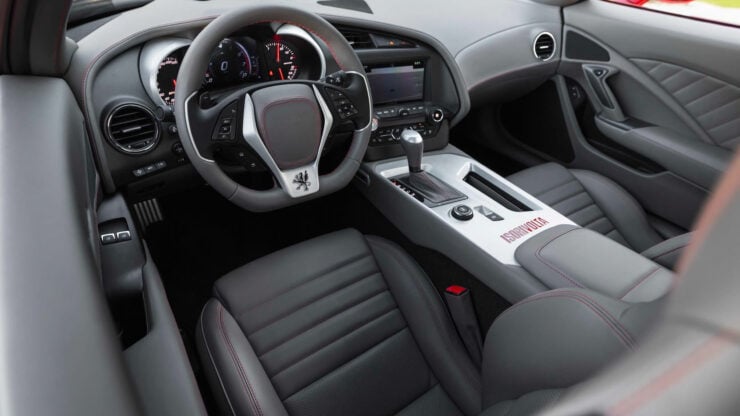
The interior is significantly modified over the original Z06, and the car now has a discreet roll cage integrated into the pillars for additional safety due to its almost-200 mph capability.
The Iso Rivolta GTZ, also called the Iso Rivolta GT Zagato, is powered by the Z06 LT4 V8, this is a 6.2 liter engine with supercharging and intercooling, it uses Rotocast A356T6 aluminum cylinder heads and the 1.7 liter Eaton R1740 TVS supercharger. All together the engine is capable of over 650 bhp at 6,400 rpm and 650 lb ft pf torque at 3,600 rpm.
There’s no listed top speed for the GTZ however due to the lower weight it’s likely higher than the 185 mph (298 km/h) offered by the Z06, the 0 to 60 mph time is just 3.7 seconds.
The car you see here is currently the only GTZ imported and registered in the United States, it has just 169 miles on the odometer, and impressively it won its class at The Quail Motorsports Gathering during Monterey Car Week in 2021.
It’s now due to roll across the auction block with Mecum in January as a main attraction at the Kissimmee Auction in Florida.
If you’d like to read more about this car or register to bid you can click here to visit the listing, at the time of writing there’s no price guide.
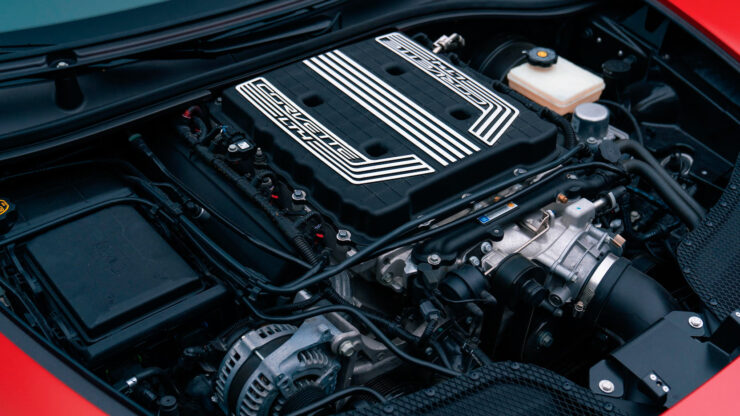
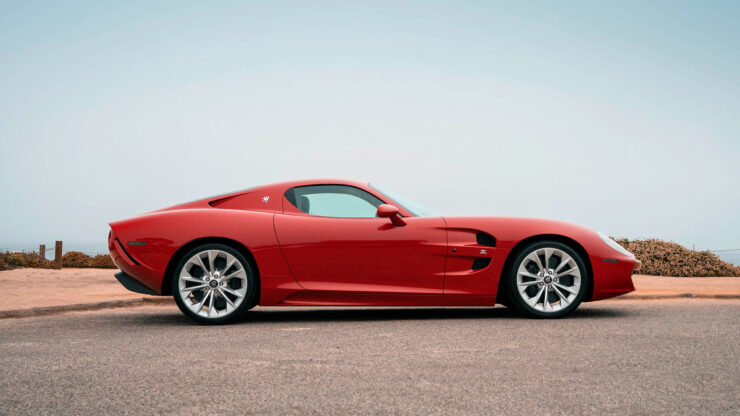
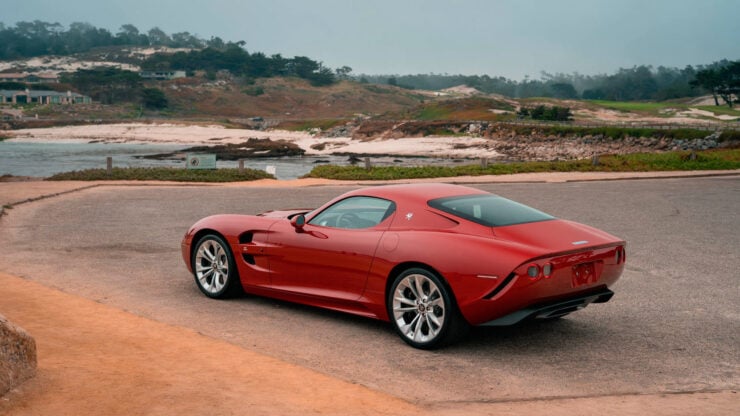
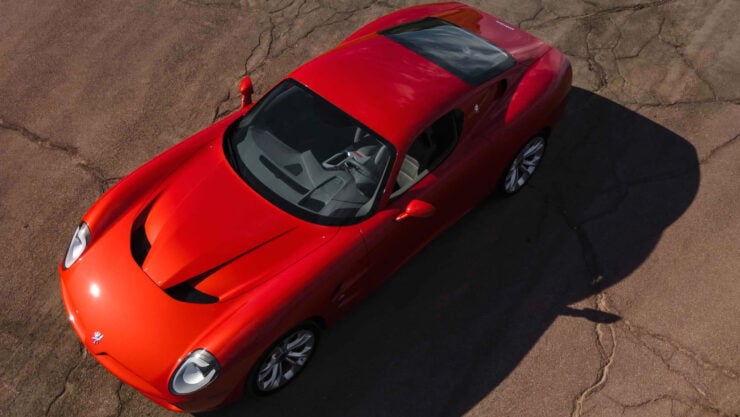
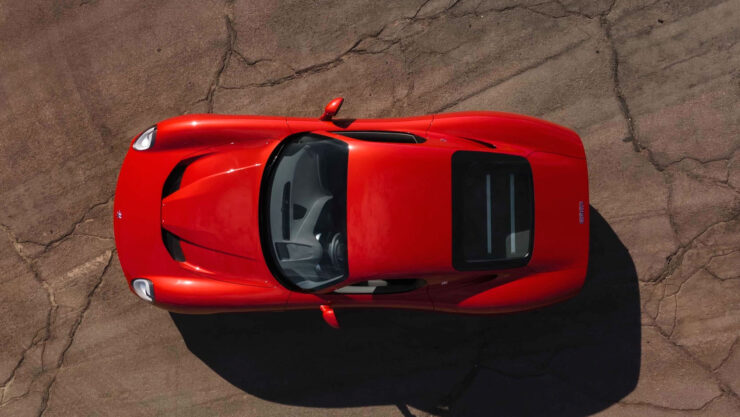
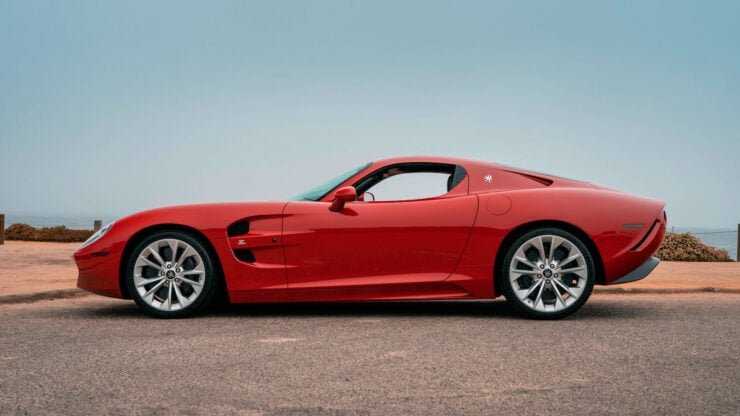
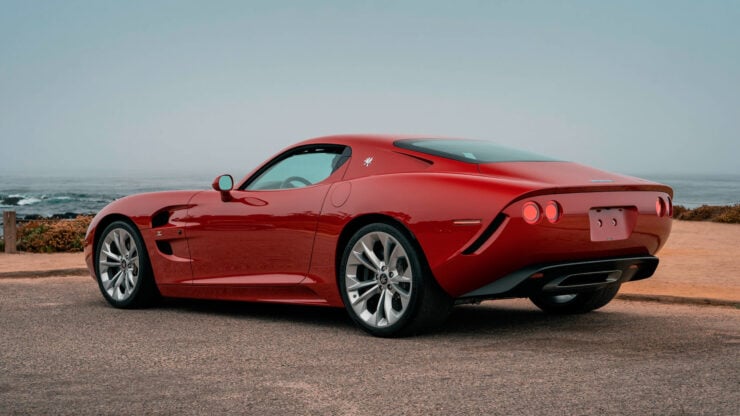
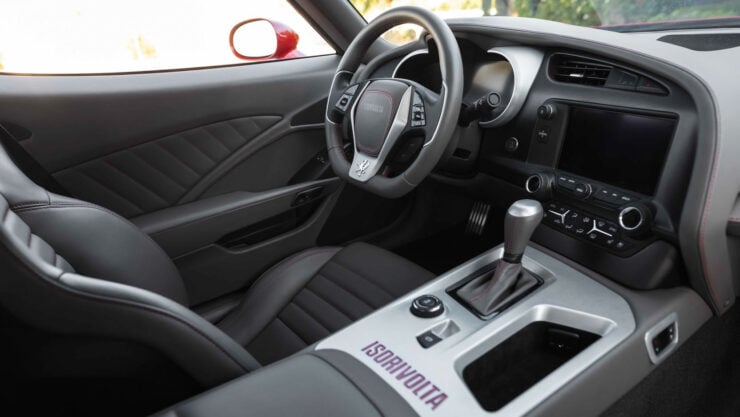
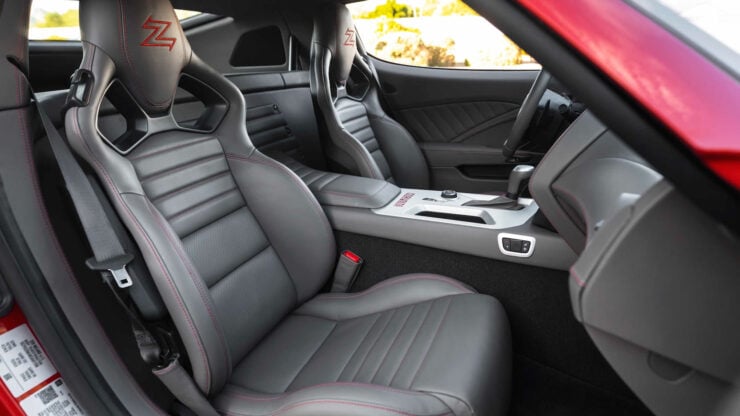

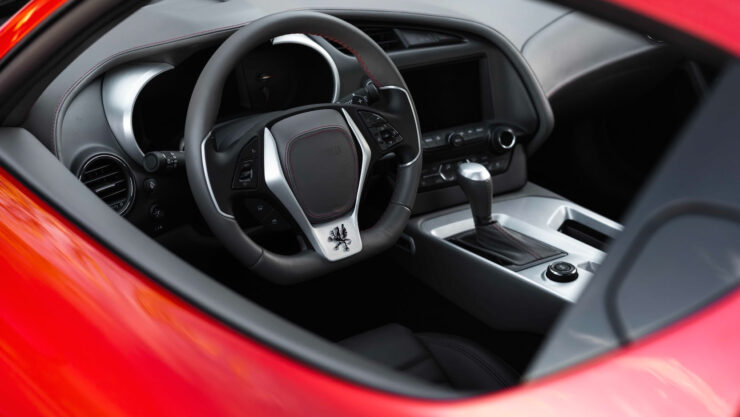
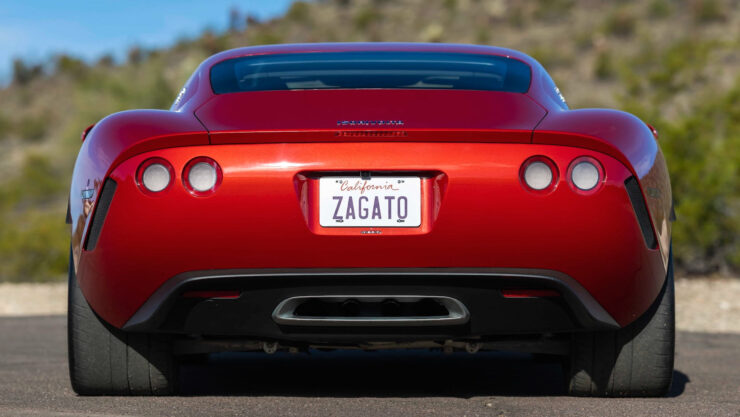
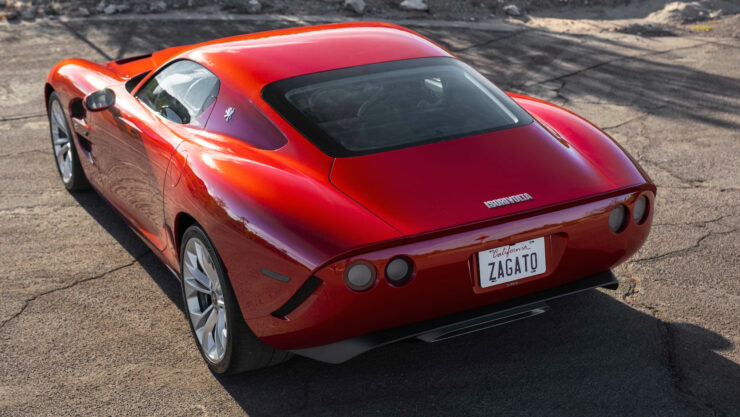
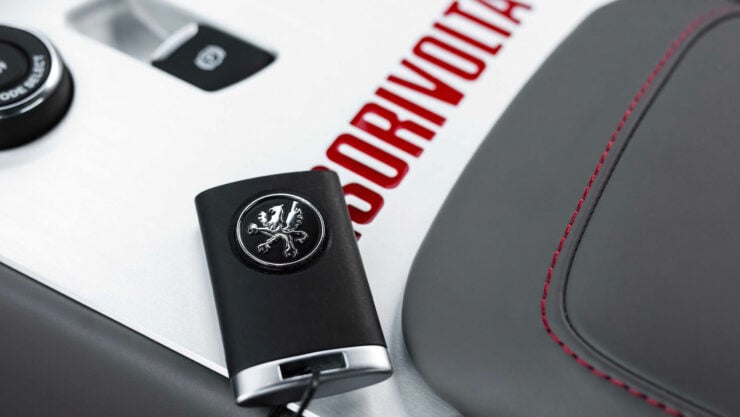
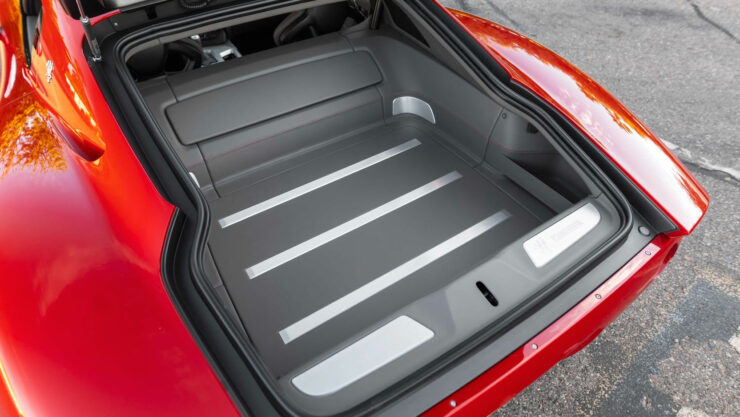
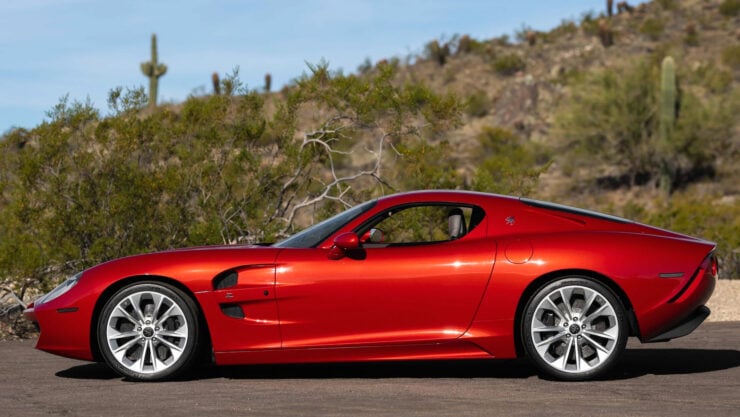
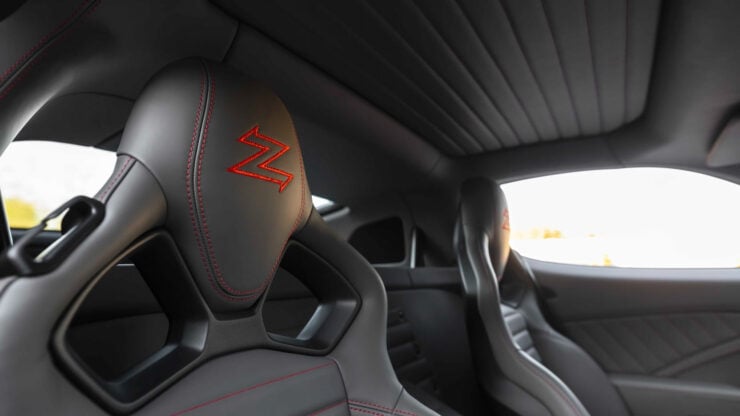
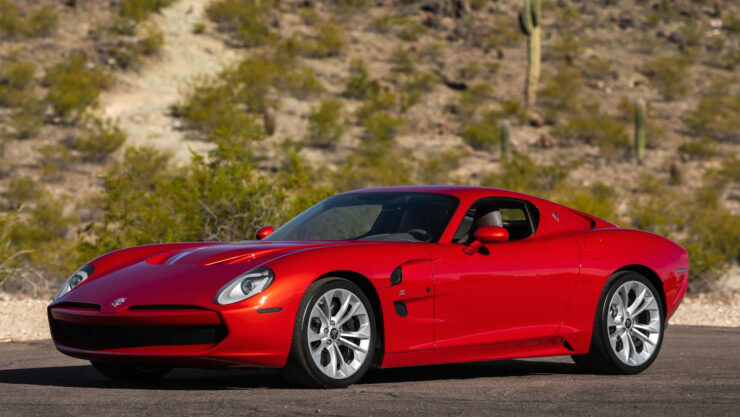
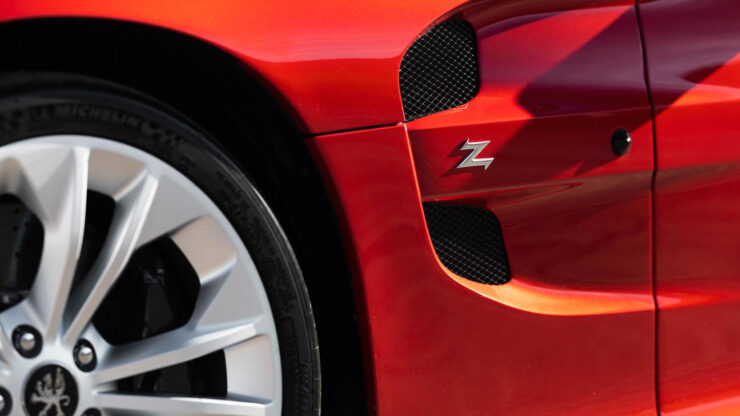
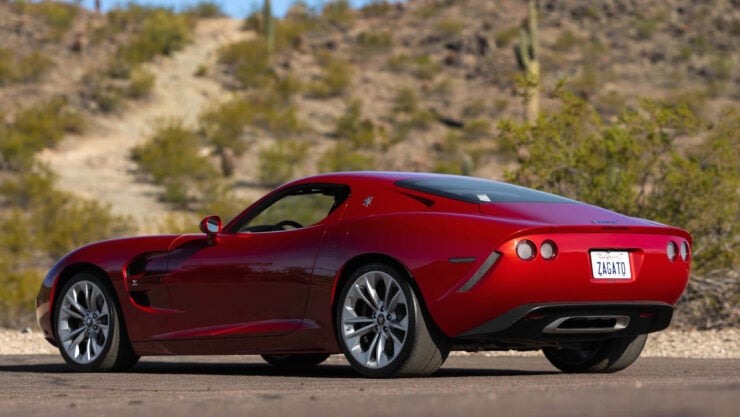
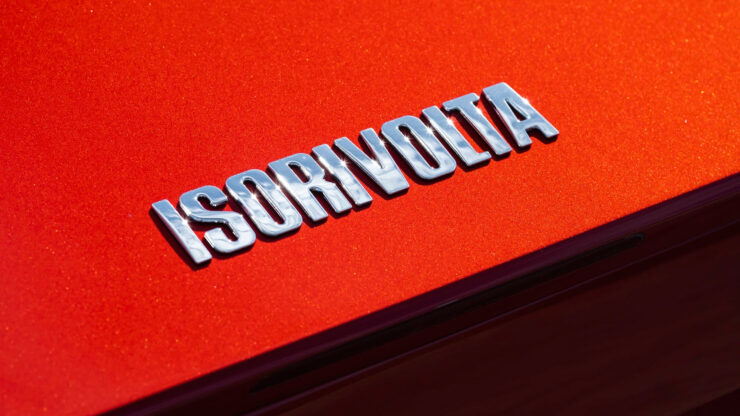
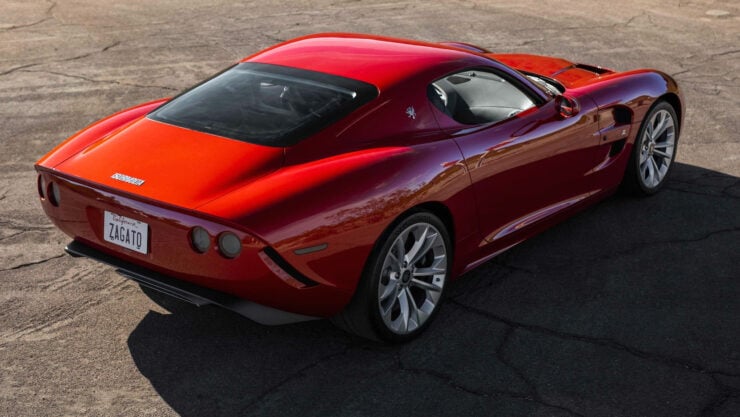
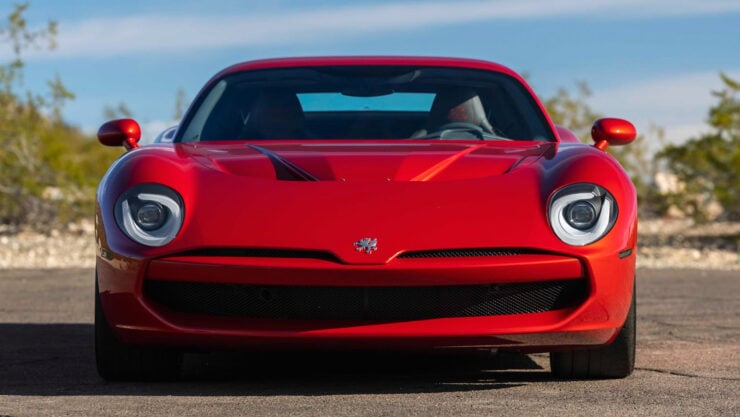
Images courtesy of Mecum

The post This Is The Only Iso Rivolta GTZ Zagato In North America appeared first on Silodrome.










Russell Built Baja Porsche 911
Images by Brandon Lim